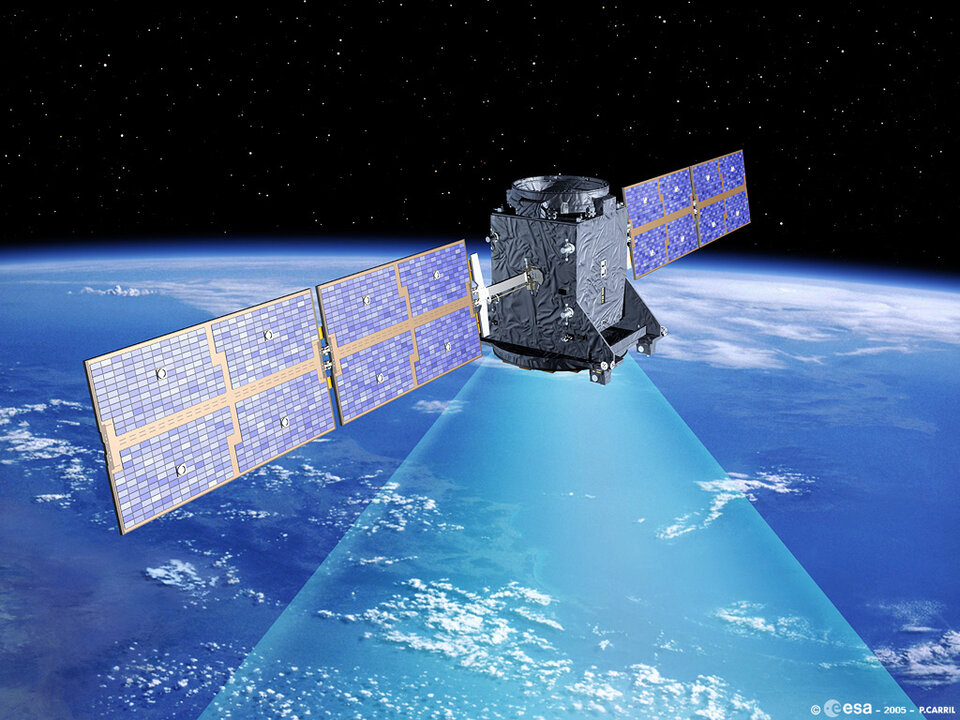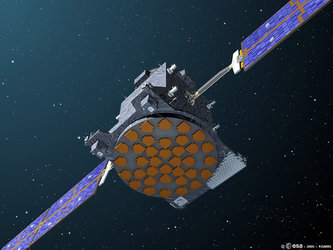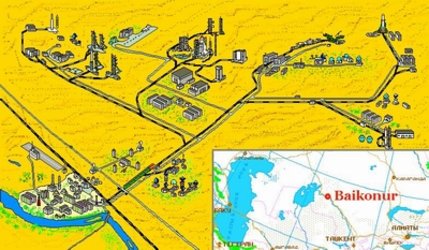One year in space for Galileo In-Orbit Validation Element
Thursday 28 December will mark the first year in orbit of GIOVE-A, the first Galileo satellite, launched from Baikonur Cosmosdrome by a Soyuz launcher.
This pilot satellite is a key element of the programme, bringing the Galileo frequencies into use, testing new critical technologies and characterising the medium Earth orbit environment.
On 12 January, the anniversary of the first broadcast of European navigation signals transmitted by

GIOVE-B, the second satellite for Galileo In-Orbit Validation, suffered a technical incident during its test campaign, affecting its on board computer. According to the recovery plan initiated by ESA and industry, the launch of this second Galileo test satellite is now planned by the end of 2007. This delay has no impact on the development of the operational satellites.

GIOVE-A is being used for extensive experimentation such as calibration and testing, monitoring the in orbit performances of the specific navigation payload elements such as the atomic clocks and the signal generator, and demonstrating that Galileo signals are compatible and interoperable with GPS and GLONASS signals.
Galileo is a joint initiative of the European Commission (EC) and the European Space Agency (ESA). The EC is responsible for the political dimension and the high-level mission definition. ESA’s responsibility covers the technology development as well as design, development and in-orbit validation of the space and ground elements.











